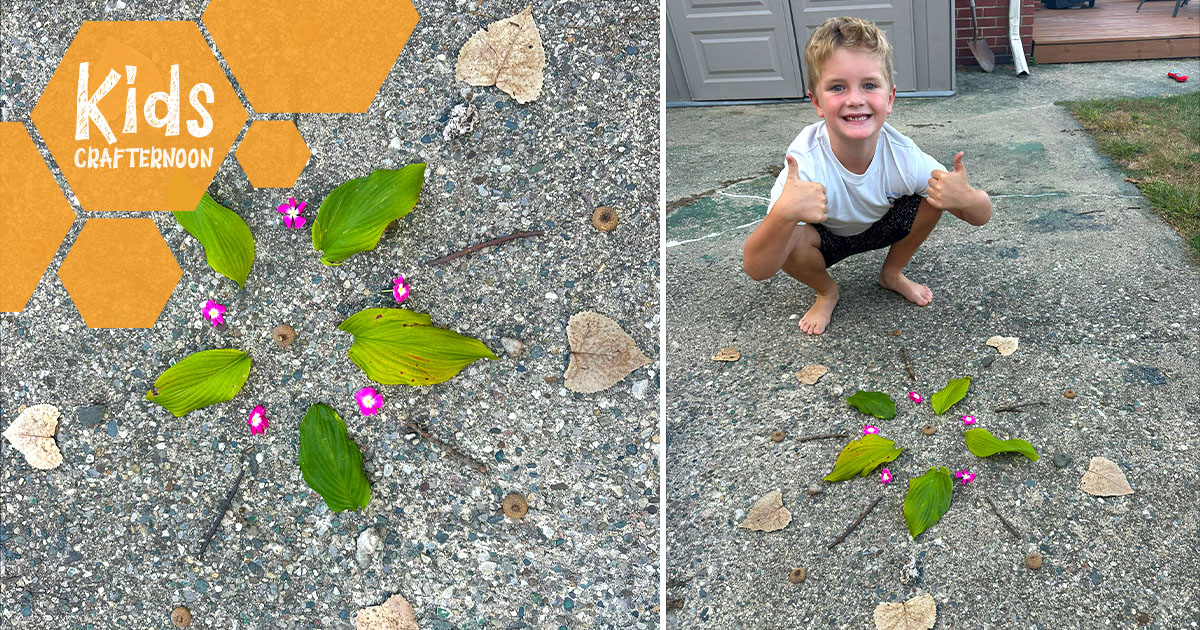- 877.684.1613
- Schedule a Tour

Patterns are included in beautiful designs. Many layers are needed to create a pattern and it’s about more than just making it aesthetically pleasing. Finding and identifying patterns is a basic human skill that allows us to understand, problem-solve, predict, and hypothesize about what might come next. Patterns are the basis of nature, mathematical thinking, scientific thinking, language, and fine arts. Being able to identify a pattern involves interpreting what might seem chaotic on the surface and highlighting a sense of order.
Create a Mandala with Natural Materials
Mandala is a Sanskrit word meaning “circle.” Mandalas have a circular structure with a symmetrical design that radiates from the center of the composition. What’s most important about the mandala is the symmetry and balance that is present within the design. There is usually a repetitive pattern used within the layers too. However, the only true limitation or “rule” when creating a mandala is the circular shape.
Invite your child to create a nature-inspired mandala by gathering materials while enjoying a bit of time spent in nature. Our friend Drew did just that to share his experience as inspiration for your family’s creative adventure. Watch his process and then make your own!
Step 1: Collecting
Take a nature walk together and explore the various materials you see. Start to think about the types of patterns you could create by collecting a small sample of items such as:
- Pebbles or rocks of assorted sizes
- Flowers with various shapes
- Bright berries
- Colorful leaves or grasses
- Simple twigs
- Found feathers
- Pinecones or acorns
Step 2: Sorting
- Once your materials are collected, use a large surface to spread everything out. This could be a table, the floor, or the ground in an outdoor space.
- As you begin to sort the materials, notice the variety, textures, and connections in color, line, shape, and form within your collection.
Step 3: Observing and Playing
- Take a moment to play with the collected natural materials. Talk about making predictions and understanding what comes next in different patterns. Look at the ordering and sequencing (which support foundational math skills) of the materials and have your child talk through what they observe.
- Identify patterns such as alternating patterns, ascending patterns, descending patterns, and repeating patterns to begin visualizing your nature mandala.
Step 4: Arranging, Creating, and Documenting
- Select materials to create patterns for your mandala starting with a centered focal point.
- Arrange varied materials spiraling from the center outward.
- Think about choices in materials and patterns being created.
- Continue to repeat the arrangement of materials until you see the mandala form into the scale you like.
- If you’d like, try a few different variations! No two mandalas will be the same.
- Take pictures of each pattern your child creates to make a record of your creations.
